Entity Framework Core DatabaseFirst Overview and Parameter

Entity Framework Core and Multiple Database Providers The Tools Blog
Entity Framework Core (EF Core) is a powerful ORM (Object-Relational Mapper) that simplifies the interaction between your .NET application and the database. When designing models, the choice.

Entity Framework Core Complete Guide to Entity Framework Core
Show 9 more. One-to-one relationships are used when one entity is associated with at most one other entity. For example, a Blog has one BlogHeader, and that BlogHeader belongs to a single Blog. This document is structured around lots of examples. The examples start with common cases, which also introduce concepts.
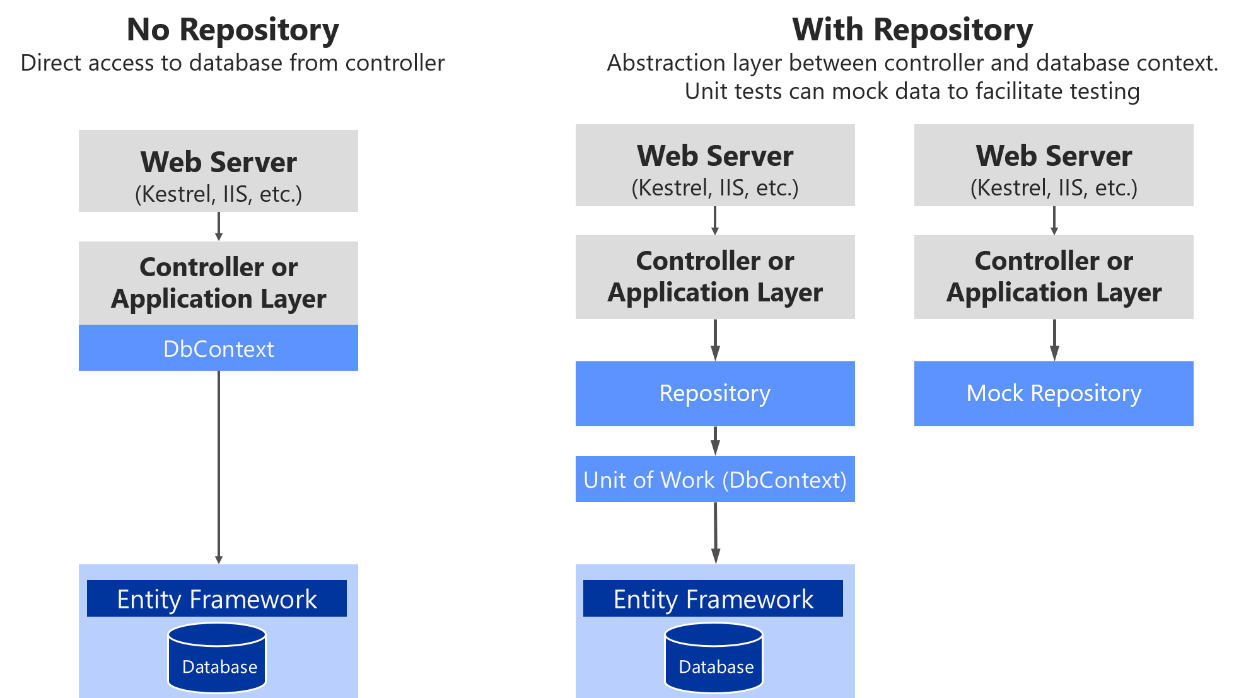
Implementing the infrastructure persistence layer with Entity Framework
Namespace: Microsoft.EntityFrameworkCore.Diagnostics Assembly: Microsoft.EntityFrameworkCore.Relational.dll Package: Microsoft.EntityFrameworkCore.Relational v3.0.0

How to use entity framework
Make sure you have the basic Entity Framework Core and EF Core tools packages installed in your project. 2. Create a new Migration: Use the Add-Migration command and provide a name for your migration.

Entity Framework Core 6.0预览版5:编译的模型背景和优劣介绍 掘金
Answer. Entity Framework comprises several key components: Entity Data Model (EDM): This is the core of Entity Framework, representing the data using the model classes. DbContext: This class is responsible for managing entity objects during run time, including change tracking and database persistence.

Entity Framework Core DatabaseFirst Overview and Parameter
protected override void OnConfiguring(DbContextOptionsBuilder optionsBuilder) optionsBuilder.UseSqlite("Data Source=test.db"); public int Id { get; set; } public string Name { get; set; } = null!; public DateTime CreatedUtc { get; set; } = DateTime.UtcNow; It is really matter of database, so the transaction even for untracked entities locking.

Getting Started With Entity Framework Core Postgresql www.vrogue.co
Tuesday, January 16, 2018. .net .net core Pitfalls Entity Framework Entity Framework Core ORM. Update: this is fixed in EF Core 2.1. Entity Framework Core, as of version 2.0, does not support enlisting in ambient transactions, like those provided by TransactionScope. It is being tracked by issue #9561. This is by design and is related to a.
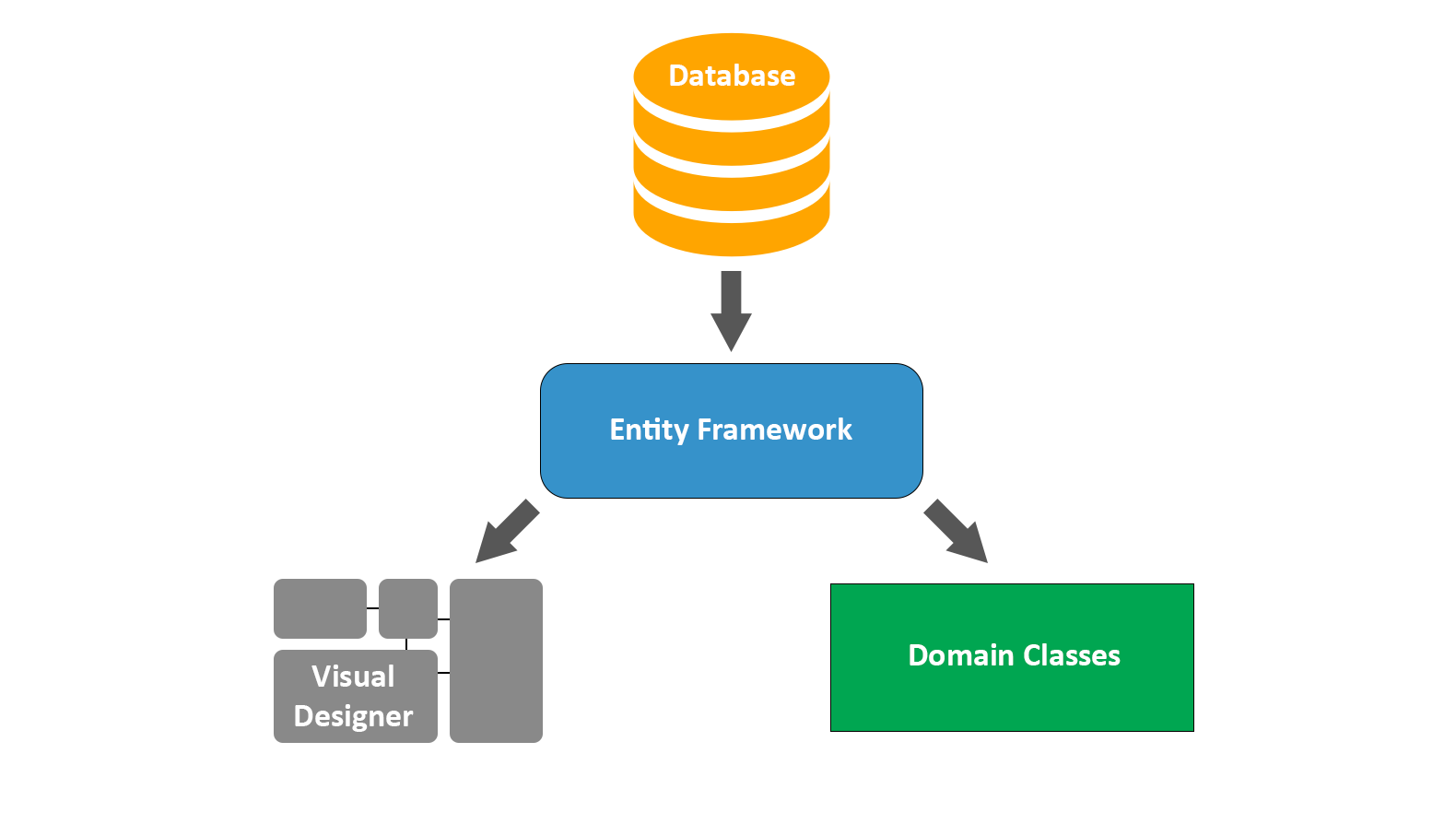
Getting Started With Entity Framework Core Of Entity Framework
How do I specific the ON DELETE NO ACTION constraint in Entity Framework 7? Edit: The answer provided by Oleg will apparently do it per Foreign Key but I would like to do it globally as it will much easier to use one line of code to declare this globally then have to specify code it out for every single one of the hundreds of relationships I.

Appendix. A brief introduction to LINQ · Entity Framework Core in
Transactions allow several database operations to be processed in an atomic manner. If the transaction is committed, all of the operations are successfully applied to the database. If the transaction is rolled back, none of the operations are applied to the database. Tip. You can view this article's sample on GitHub.

Introdução ao Entity Framework Core YouTube
Code Organization: Fluent Validation, wearing a cloak of organization, demands a separate class for validation. Conversely, Data Annotations believe in strengthening from within and incorporates validation attributes directly in the class. Let's consider an example of validating a Customer's age with each method:
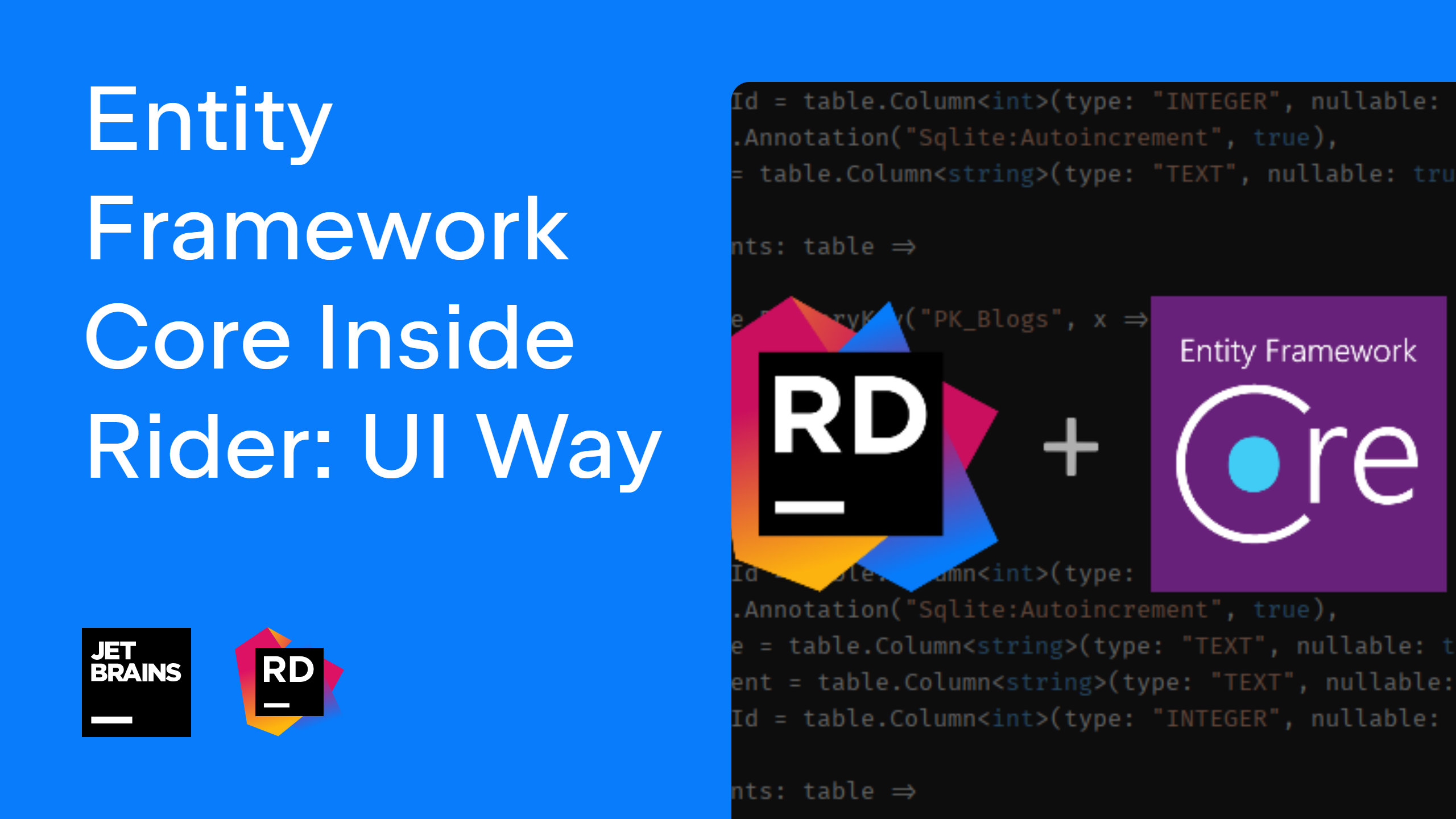
Entity Framework Core Inside Rider UI Way The Tools Blog
How can I simulate this behavior in Entity Framework Core 2.1 with DbContext.Database.BeginTransaction()?.net; entity-framework.net-core; transactions; entity-framework-core; Share.. The Overflow Blog Building GenAI features in practice with Intuit Mailchimp. A leading ML educator on what you need to know about LLMs.

Introducción a Entity Framework Core 7 CURSO GRATUITO YouTube
Entity Framework Core is a powerful Object-Relational Mapping (ORM) framework for .NET that provides a simple way to work with databases. It allows developers to work with databases using .NET objects, eliminating the need to write complex SQL queries. EF Core supports a wide range of database providers, including Microsoft SQL Server, MySQL.

How to use Entity Framework Core with existing database YouTube
Starting with .NET Framework 4.5 and C# 5.0, you can take advantage of async/await to execute asynchronous LinQ queries. You can turn any Entity Framework query into an asynchronous query using methods like ToListAsync, FirstOrDefaultAsync, AnyAsync, and more. Here's an example using an async query with Entity Framework: Loading code snippet.
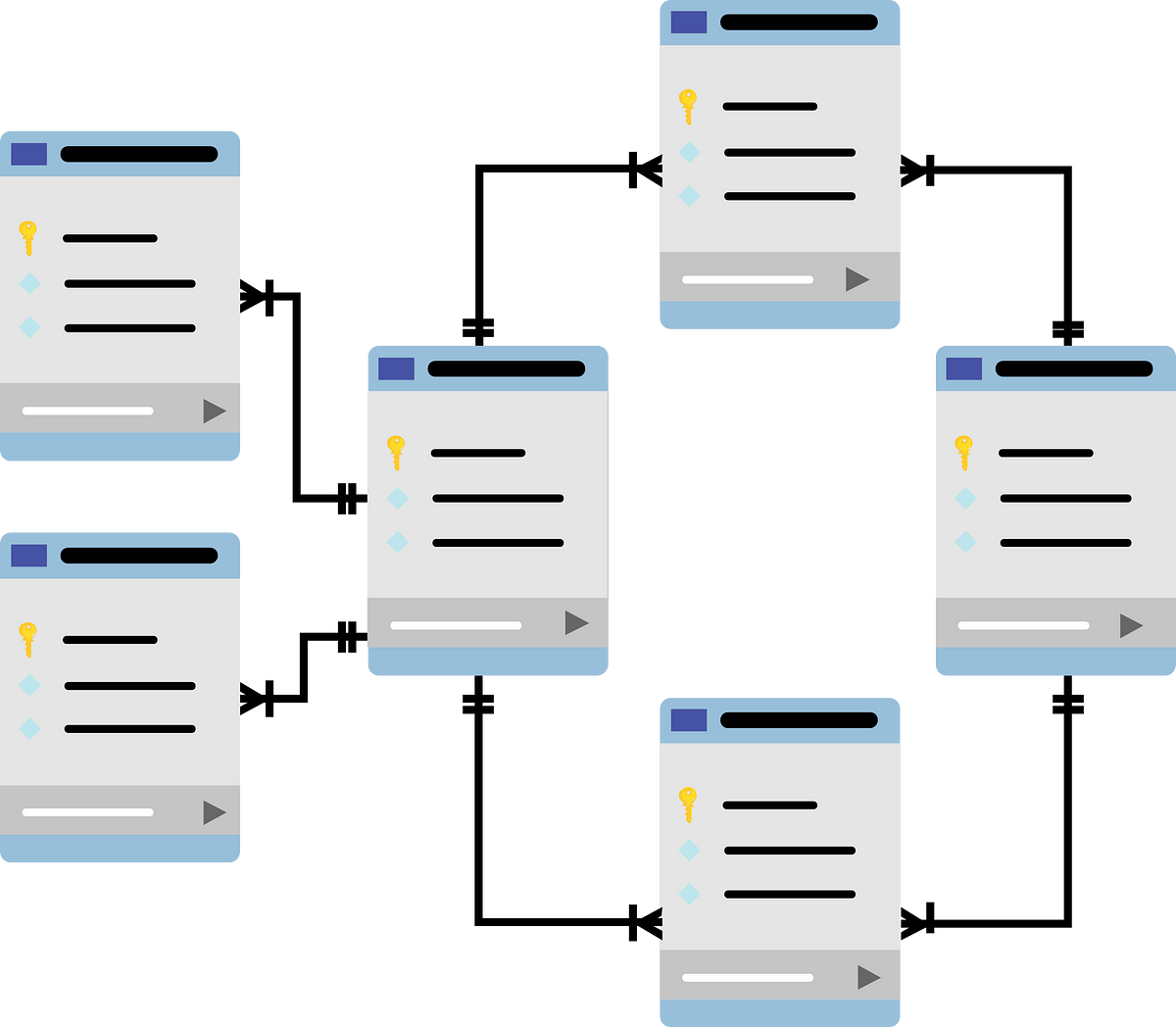
Entities relationships with Entity Framework Core 3 by Andre Lopes
dotnet ef database update. Now let see how we can update this code into .Net 5, the first thing we are going to do is delete the CustomerGroup Table and then we need to do some updates on the Customer and Group Model. For the customer Model. public ICollection
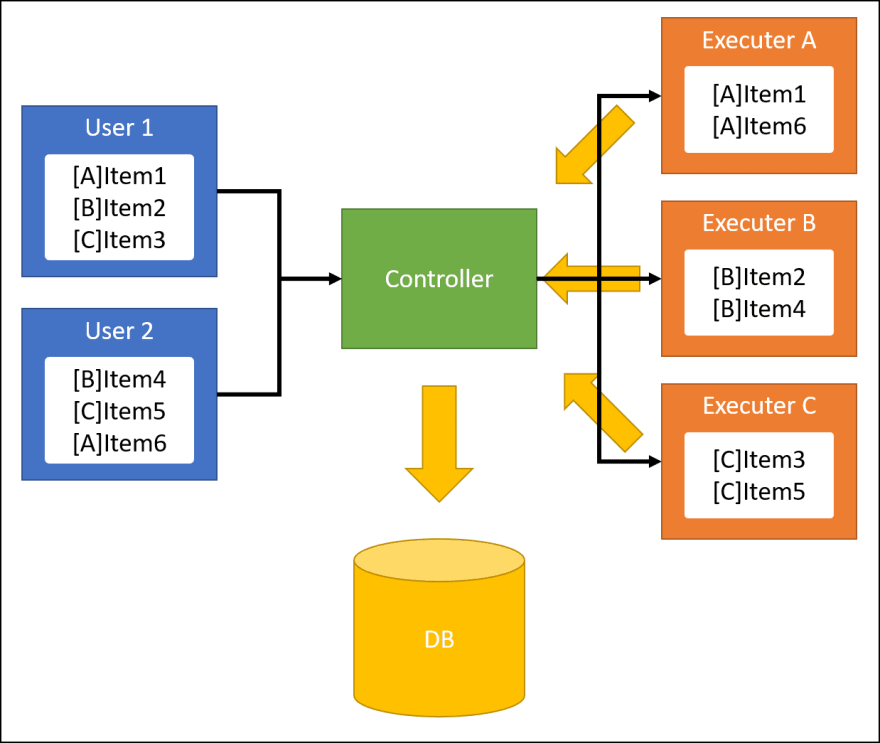
Core][Entity Framework Core] Try concurrency DevsDay.ru
From Kubernetes, Docker, and virtualization to platform services like Azure, the potential is endless and sometimes overwhelming. We aim to simplify and demystify these technologies. This sector of our blog serves as your digital toolbox, crammed with useful tips and practical guidelines for using various cloud technologies.
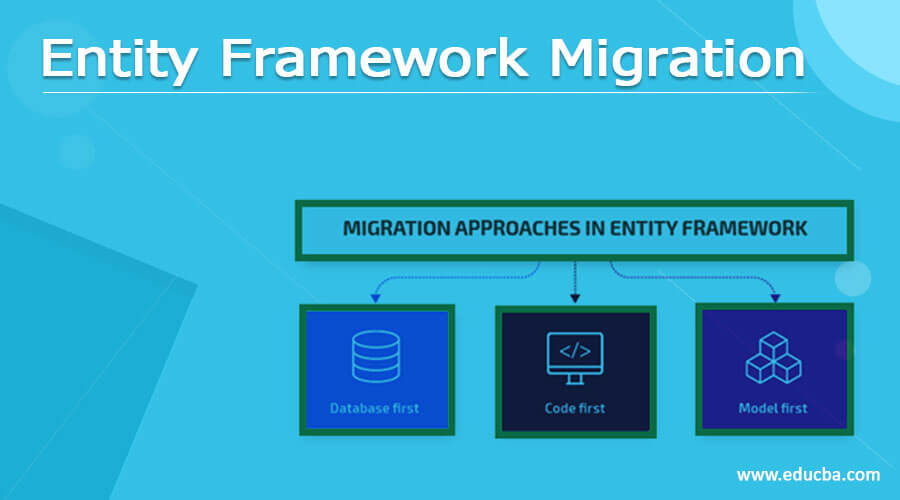
Entity Framework Migration Adding and Creating the Migration
Entity Framework (EF) Core allows you to define relationships between entities using Fluent API, even without explicitly creating navigation properties. This can be useful when you want to define relationships between entities but don't want to create navigation properties in your entity classes. Here's how you can achieve this: